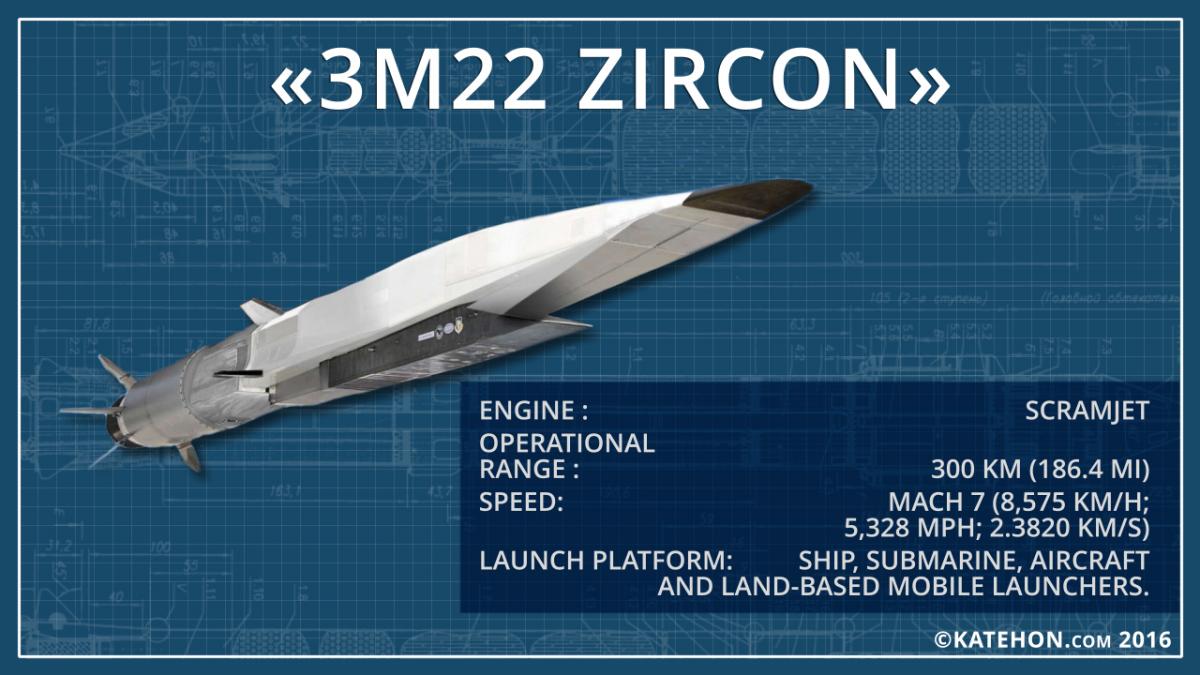
NEW YORK (February 26, 2019)—Emerging hypersonic weapon technologies present a challenge for the existing arms control and disarmament architecture at a time when it is already under strain. Because hypersonic weapons do not count towards the limits of the New START (Strategic Arms Reduction Treaty), which is the key arms control agreement limiting the strategic delivery systems of the two major nuclear powers, Russia and the United States, warns a new study.
Nevertheless, several States are actively pursuing novel long-range manoeuvrable weapons, most significantly hypersonic boost-glide systems comprising ballistic missiles equipped with hypersonic glide vehicles (HGVs).
HGVs are unpowered after separation and do not follow a ballistic flight path after the boost phase. They may have an enhanced ability to overcome missile defences due to both this manoeuvrability as well as their depressed trajectories relative to standard ballistic missiles, explains the study by the United Nations Office for Disarmament Affairs (UNODA) and the United Nations Institute for Disarmament Research (UNIDIR).
New START provides for either party to raise the issue of new strategic offensive arms if they believe they are emerging, leaving open the possibility that the two parties could discuss and reach agreement on including HGVs in the Treaty’s scope.
“The prospects of this happening would not however appear to be very good in the current strategic environment,” says the study by John Borrie, Amy Dowler (UNODA) and Pavel Podvig (UNIDIR).
The study titled Hypersonic Weapons: A Challenge and Opportunity for Strategic Arms Control notes that the pursuit by several nuclear-armed States of novel long-range strike options has received little attention in multilateral disarmament discussions despite their potentially negative implications for security, arms control and disarmament.
This study aims to raise awareness of these implications and to consider possible ways to address them in a multilateral context. It includes overviews of: the current state of technology; possible implications for international peace and security; possible implications for existing and future arms control and disarmament efforts; and different approaches States may pursue to address these challenges.
Research into boost-glide technology dates back to the 1930s but accelerated in the early 2000s. Today, three nuclear- armed States—China, Russia and the United States—have active HGV acquisition programmes and have each undertaken several flight tests. These systems are expected to reach operational readiness within a decade in general, and as early as later in 2019 in one case, authors of the study caution.
In addition to these three States, it has been reported that Australia, France, India and Japan have conducted at least some investigation into hypersonic boost glide technology, although little information about these programmes is publicly available. At least one State is also actively investing in research on countermeasures for HGVs.
The United States has made explicit its intention to use boost-glide technology with conventional or kinetic (non-explosive) warheads. China and Russia have made no such statements, and it is plausible that they would deploy their boost-glide systems with nuclear warheads.

Against this backdrop, says the study, there is a clear arms race dynamic associated with the pursuit of HGVs. Relevant States appear to be at least in part motivated by the pursuit of this technology by rivals, as well as the pursuit or possession of other strategic technologies—in particular missile defences—in their own pursuit of HGVs. The burgeoning pursuit of counter HGV capabilities adds to this arms racing dynamic.
“Although the military utility of hypersonic boost-glide systems remains uncertain, there are scenarios in which they may offer useful new capabilities. These capabilities may not necessarily be strategic in nature but could nevertheless have strategic ramifications,” the study states.
Further: Ambiguity regarding the nature of an HGV’s warhead (nuclear or conventional), together with the possible ambiguity of an HGV’s intended target, means that the potential for misunderstanding is considerable, particularly given the high speeds and corresponding short decision-making and reaction times associated with HGV use.
In addition to the potential for misunderstanding, any use of a boost-glide system could be interpreted as signalling an imminent nuclear attack and thus be inherently escalatory, warns the study.
“It is possible that some States could amend doctrines to expand the conditions necessary for the use of nuclear weapons in response the deployment of hypersonic weapons. Postures might also be adapted, including by placing nuclear forces on higher alert levels.”
Regardless of whether these weapons prove to have a directly destabilizing effect, the development of hypersonic boost-glide systems is part of a broader contemporary trend toward the development of new strategic capabilities, including missile defences and related-space based infrastructure, that poses serious challenges for the maintenance of international peace and security.
IDN is flagship agency of the International Press Syndicate.
Posted in accordance with Title 17, Section 107, US Code, for noncommercial, educational purposes.